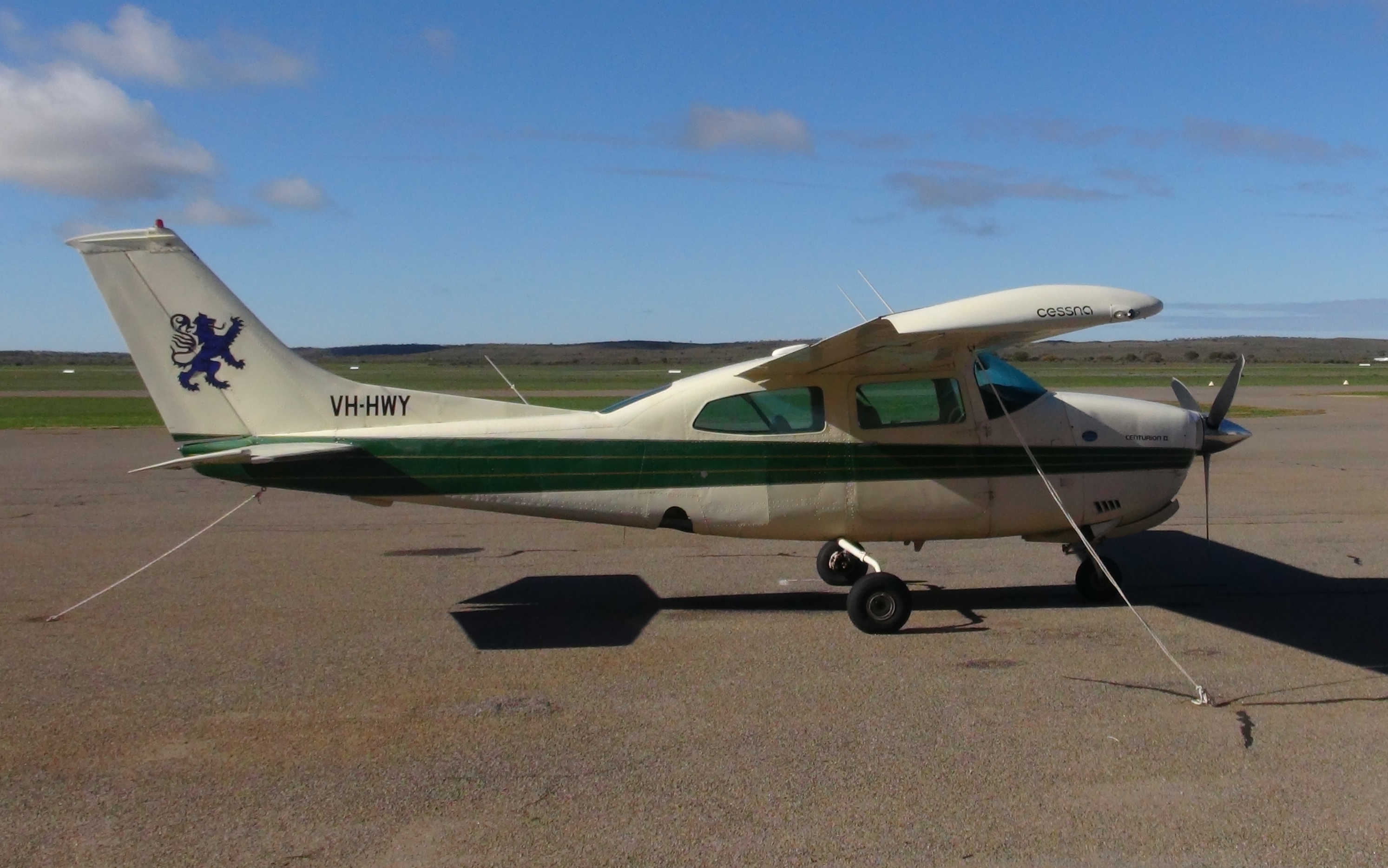
The ‘build-up’ to the wet season across the Northern Territory is known for weather conditions that are hazardous to flying, an ATSB investigation has highlighted.
On 23 October 2017, a Cessna 210 light aircraft with two pilots on board, one operating as pilot-in-command and the other as pilot-in-command-under-supervision, departed Darwin Airport for Elcho Island, 530 km to the east of Darwin.
Despite making track diversions to avoid severe thunderstorms, the aircraft entered an area of strong convective activity with rapidly developing rain cells. This resulted in the aircraft experiencing severe turbulence and possibly reduced visibility.
The aircraft entered an uncontrolled descent, with witnesses reporting seeing the aircraft descending rapidly in a relatively flat attitude with a section of each wing missing. A combination of airspeed, turbulence and control inputs probably led to excessive loading on the aircraft’s wings, which separated from the fuselage in-flight.
The aircraft subsequently collided with terrain, fatally injuring both pilots.
In many cases, deviations of 10 nautical miles may not be enough for an aircraft to remain safely clear of the turbulent and powerful forces associated with storms.
“There are several safety messages from this investigation including the recognition and avoidance of tropical weather conditions that present significant hazards to flight,” ATSB Executive Director Transport Safety Nat Nagy said.
“Particularly challenging is identifying an appropriate distance to keep from thunderstorms, which comes through experience in operating in the tropics. In many cases, deviations of 10 nautical miles may not be enough for an aircraft to remain safely clear of the turbulent and powerful forces associated with storms.”
The ATSB’s investigation found that the operator’s risk mitigation of pairing a supervisory pilot with a trainee did not adequately address the weather-related risks because neither pilot had experience flying in the build-up to the wet season.
“Smaller operators employing pilots with limited exposure to local conditions can better manage related risks by pairing new pilots with ones who are experienced in flying in the Top End,” Mr Nagy said.
“The ATSB also encourages pilots to use all available resources to avoid adverse weather, including forecasts and requesting air traffic control assistance. Awareness of the weather avoidance actions of other pilots in the area can also be useful.”
Further, there is considerable value in ongoing education and guidance for all pilots in recognising and responding to deteriorating weather conditions during flight.
Read the report: In-flight breakup involving Cessna 210, VH-HWY, 22 km east of Darwin Airport, Northern Territory, on 23 October 2017


